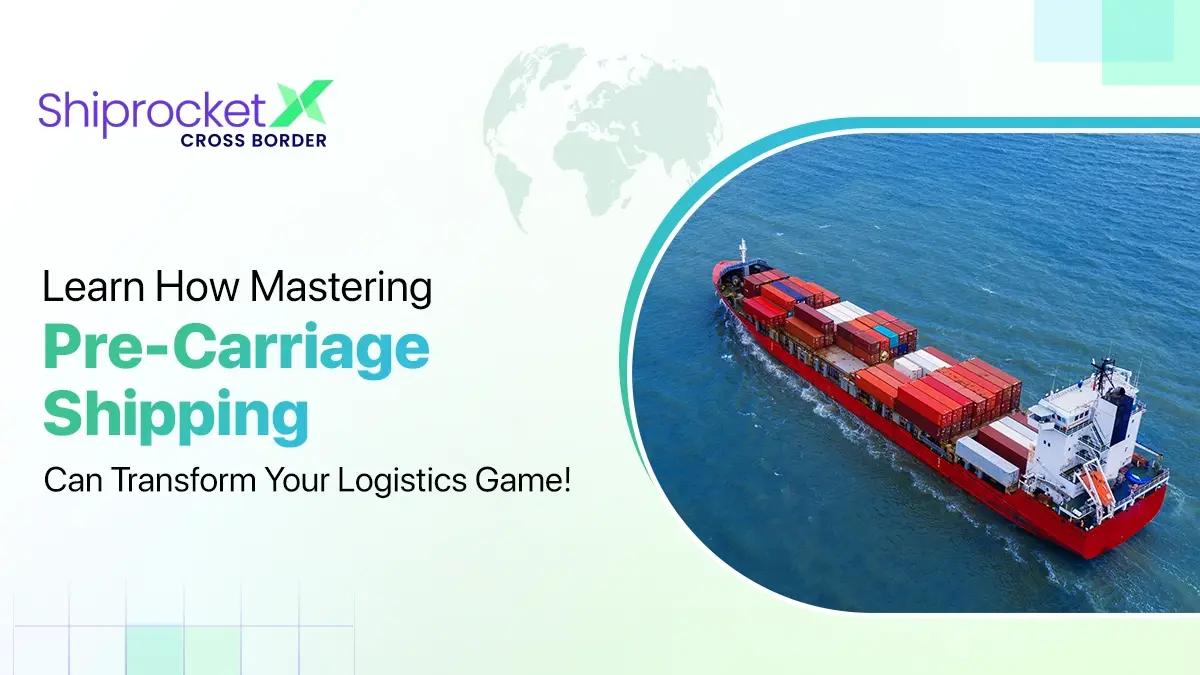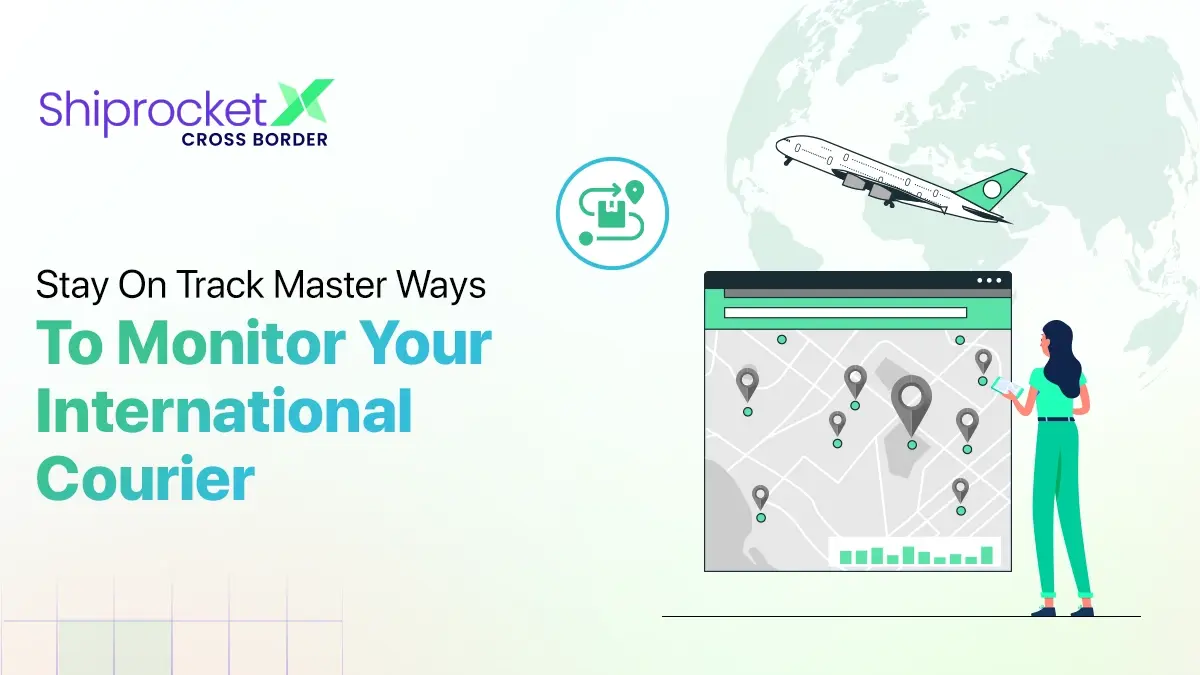How Carbon-Neutral Shipping is Changing the Industry
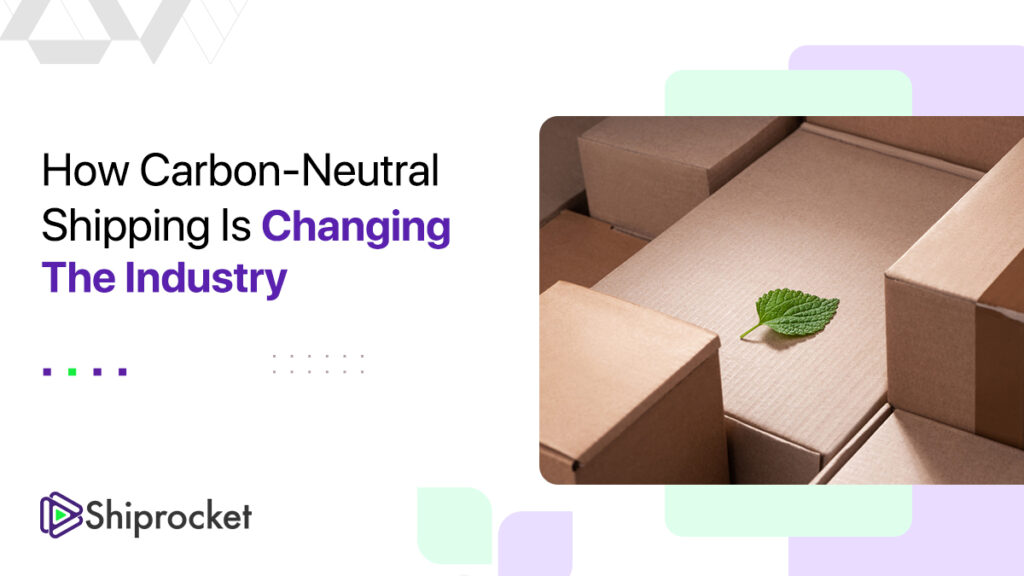
Fleets of cargo planes grow larger, drones soaring the skies replace bike carriers on the ground, and delivery trucks weave through city streets in hectic routes. Why? All for convenience and speed of delivery for your e-commerce goods.
At first glance, the carbon-intensive shipping and delivery associated with e-commerce, significantly expedited shipping and last-mile delivery methods may seem to contrast our collective value of environmental sustainability. But that doesn’t have to be the case. Recent estimates indicate that e-commerce sales will rise to $5.4 trillion by 2022.
In this post, we’ll explore how shipping companies are pursuing new carbon-neutral shipping strategies and what that may mean for the future.
What Is Carbon-Neutral Shipping?
Recently, “carbon-neutral” and “carbon footprint” have become part of our everyday vocabulary. But what do they mean? What is carbon-neutral shipping, and why do you need it?
The Definition of Carbon-Neutral
“Carbon” is shorthand for the greenhouse gases associated with climate change, namely, carbon dioxide and methane. A company’s “carbon footprint” refers to the number of greenhouse gases it puts into the atmosphere. Recent green initiatives have prompted many corporations to reduce their carbon footprint by mitigating their emissions.
Carbon-neutral shipping is an essential strategy for reducing a company’s carbon footprint. On the one hand, it’s impossible to eliminate all carbon emissions from the shipping process. But companies can pursue carbon neutrality through various methods.
Why Consider Carbon-Neutral Shipping
Carbon-neutral policies protect the environment and offer practical benefits to companies pursuing an eco-friendly business strategy. Many customers prefer to rely on a company that embraces sustainable freight transport practices.
Additionally, the same sustainable practices that reduce your carbon footprint also work to eliminate waste. So while carbon neutrality may seem like a heavy commitment, it can help you cut costs while maintaining an eco-conscious customer base.
How to Achieve Carbon-Neutral Shipping
Currently, it’s simply not feasible to eliminate all greenhouse gases that your shipping method produces. But that doesn’t mean it’s hopeless. There are several steps that you can take toward carbon neutrality.
Step 1: Determine Your Emissions
First, you need to determine the impact your company is already having on the environment. The Carbon Fund provides a helpful Business Emissions Calculator that you can use to determine your company’s carbon footprint. You can also break down your carbon footprint by category, which may help you pinpoint the impact your shipping process has on your company.
Step 2: Re-evaluate Your Packaging
Shipping supplies are essential for protecting e-commerce products during transport. Some of these products make waste. Did you know that between 1950 and 2015, less than 10% of the world’s plastic was recycled?
Consider investing in recyclable and biodegradable materials, such as the following:
- Custom-made shipping boxes to eliminate wasted packaging
- Biodegradable air pillows
- Sealed-air packing peanuts instead of Styrofoam
- Reusable refrigerant gel packs instead of dry ice
These materials may be an initial financial investment for a shipping company or 3PL but, over time, may prove to be more cost-effective than the products you’re currently using.
Step 3: Redesign Shipping Routes
Many logistics companies can help you analyse your shipping routes and find ways to optimise your efficiency. You may even be able to consolidate your shipping needs with third-party carriers.
Step 4: Purchase Carbon Offsets
A carbon offset is any financial contribution to environmental projects and funds. These “carbon credits” can be used to offset the impact of your shipping process. However, this practice is often criticised as merely a financial escape hatch for a company that doesn’t want to make other changes toward sustainability.
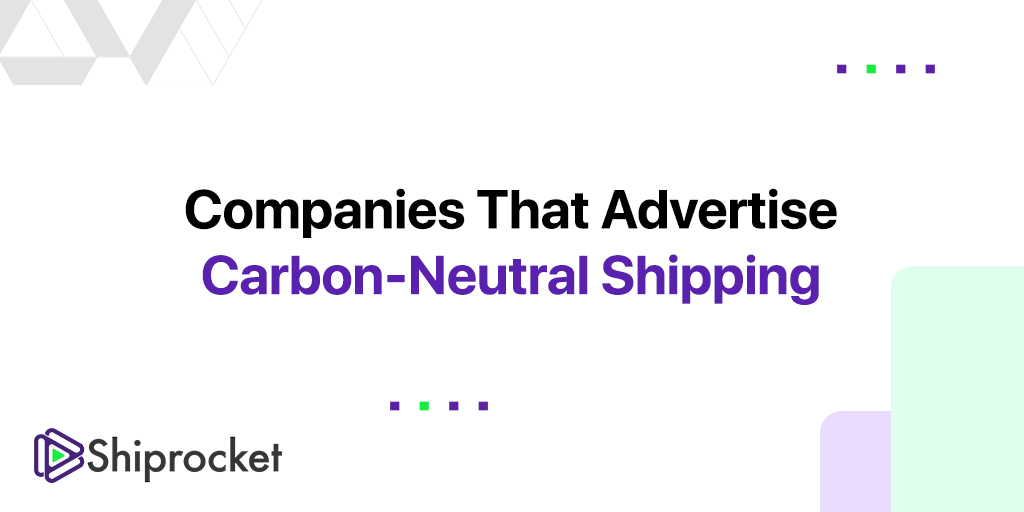
Companies that Advertise Carbon-Neutral Shipping
Many e-commerce companies and 3PLs already advertise carbon-neutral shipping and delivery, but several notable shipping companies are committed to reducing emissions and pursuing sustainable shipping models.
UPS
When you use UPS, you can purchase carbon offsets to mitigate the environmental impact of the emissions used during the transport. The carbon-neutral option UPS uses verified by SGS, an inspection, and a verification company, offering one of the most reliable systems for carbon offsets.
FedEx
FedEx is making a host of changes in the hopes of becoming carbon neutral by 2040. Currently, the company offers carbon-neutral shipping envelopes, and its plans involve electric vehicles, energy-efficient aircraft, and other innovations to achieve sustainability.
Shiprocket
Shiprocket is committed to enabling sustainable shipping solutions for businesses of all sizes. By leveraging AI-driven route optimization and efficient order consolidation, it helps reduce fuel consumption and minimize carbon emissions. Environmental Benefits of Using Shiprocket Quick include eco-friendly packaging options, optimized delivery networks, and reduced last-mile emissions, ensuring that businesses can meet sustainability goals while maintaining cost-effectiveness. With a focus on innovation, Shiprocket empowers merchants to adopt greener logistics without compromising on efficiency or affordability.
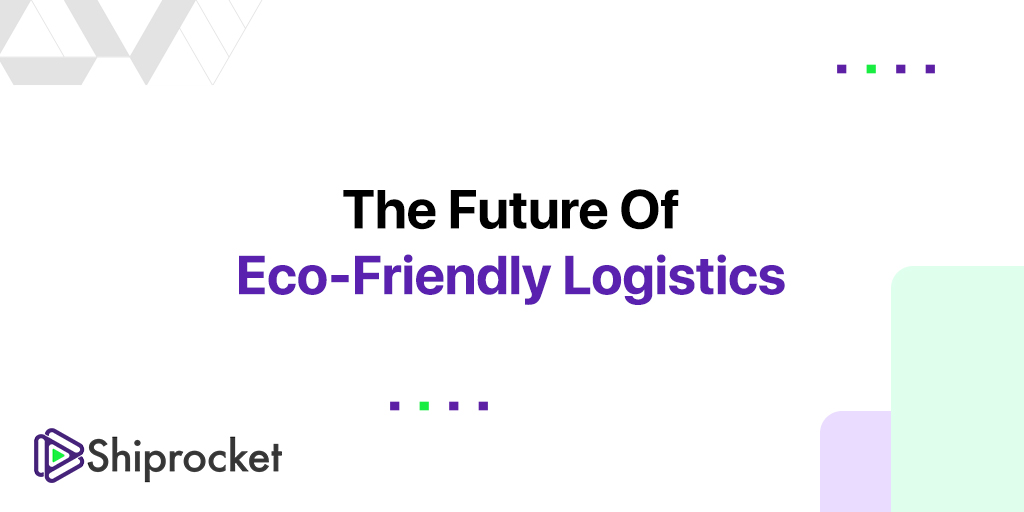
The Future of Eco-Friendly Logistics
We can expect several innovations in emerging technology to lead the way in the first half of the 21st century.
Electric Vehicles
Electric vehicles have already become standard fixtures on America’s highways, and we can imagine that soon electric truck in India will be utilised as an efficient means of shipping. That will drastically reduce, if not eliminate, the carbon released into the atmosphere from combustion engines.
Advanced AI for Logistics
Logistics software will soon govern every company’s delivery route, providing real-time optimisation based on traffic patterns, weather conditions, and other considerations relevant to the delivery route.
Emphasis on Warehousing Facilities
While many innovations will focus on the trucks and routes themselves, there will be an increased emphasis on the carbon emissions and environmental impact of warehousing facilities. We might even expect federal regulations to stipulate the kinds of packaging and waste produced by shipping facilities, prompting managers and others to pursue sustainable practices at every level of the shipping process.
Wrap It Up: A Sustainable Now, A Better Tomorrow
These innovations may seem like significant investments, but these carbon-neutral strategies are essential for maintaining our environment for future generations. By embracing change today, we leave our children with a brighter tomorrow.





